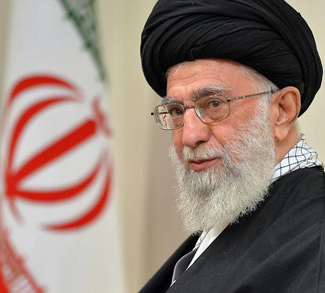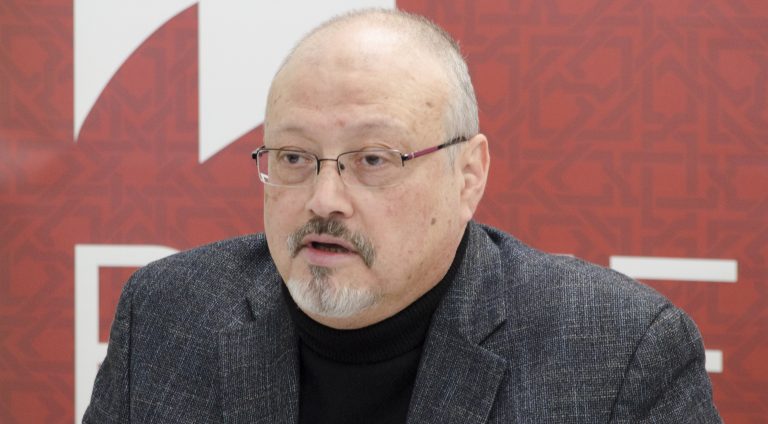The rent-based economy in Saudi Arabia has shown its limits since the drop of oil prices in 2014. Indeed, the country is potentially explosive: the current fiscal model is not sustainable, the geopolitical environment is increasingly hostile and the country has a rapidly growing population, in which 30% of 16-24 year olds find themselves unemployed. The economic choices in the years to come, and the success of reforms announced by the government, will be decisive for the survival of the regime.
For too long, Saudi Arabia’s economy has relied solely on oil for its revenues. Until 2014, oil exploitation was responsible for 90% of Saudi Arabia’s public revenues, 80% of its exports revenues and 40% of its GDP. But from 2014 to 2015, oil revenues dropped by 50%, representing only 73% of total revenues compared to 87% the year before. In the meantime, the government didn’t reduce its expenses, owing to its military interventions in Yemen and Syria the outstanding individual premiums given out by the government. Following the Arab Spring, the government has increased its social expenses in order to buy social peace.
To tackle these growing economic difficulties, Prince Mohammed Bin Salman announced, in April 2016, an ambitious set of reforms titled Vision 2030, which aimed at weaning the kingdom off oil by curbing public spending, diversifying the economy, and attracting foreign investment. The government is conscious of the necessity to reform the economic system, but will it be able to do it without causing social turmoil? With a decline in social spending and a reduction in subsidies comes the risk of rising domestic turmoil, as highlighted by the Arab Spring in 2011. The risk is increased by the fact that half of the population is under 25, and 30% of young people are unemployed. This inactive youth is also among the most active in the world on social media and might show their frustration through media outlets. Will the government be able to take the gamble of social change?
Six million people are going to join the labor market between now and 2040.
Saudi Arabia has shown pragmatism when it promised a 4.6% cut in production on November 30, 2016. This measure was necessary since its plan to modernize the economy and privatize Saudi Aramco, the state oil company, depends on oil prices. Paradoxically, Saudi Arabia needs higher oil prices to become less dependent on oil over the long term. Other measures taken by the government include slashing salaries and cutting benefits for public sector employees. It has also cut huge subsidies for fuel, water, and electricity that encourage overconsumption. However, the sudden jump of water bills spurred national dissatisfaction and an outcry on social media. Indeed, the minister of water and electricity was fired after telling customers to dig their own wells if they were unhappy with prices. The government also abruptly cut construction projects, forcing contractors to fire workers, who then didn’t hesitate to set fire to buses in protests demanding months of back pay. Despite these incidents, most austerity measures have been followed through with according to Capital Economics.
However, investors are waiting for more meaningful changes, which imply conjectural reforms and a transformation of social structures. In order to increase the presence of Saudi nationals in the labor market, the government is implementing a politics of ‘Saudization,’ particularly in the private sector. At present, only 45% of jobs in Saudi Arabia are occupied by Saudis, and only 22% in the private sectors versus 67% in the public sector. Increasing Saudi employment in the private sector is necessary to reduce unemployment and to cut public spending, since salaries in the public sector constitute the most sizable chunk of state expenses. A Saudization of the labor market would require a complete transformation of student training. At present, most students study the humanities and social sciences, focusing primarily on the Koran. Such an education doesn’t bring them the necessary skills to work in a commercial environment. The politics of Saudization has vexed businesses which are forced to employ Saudi nationals who often lack the skills that employers want. Consequently, to meet government quotas, some companies simply pay locals to stay at home.
Moreover, the increase in population presents new challenges. Six million people are going to join the labor market between now and 2040. Thus, job creation in the private sector is necessary to prevent a rise of unemployment and accompanying social tensions. For now, the private sector does not offer enough good opportunities for the estimated 300,000 young people entering the work force each year, especially women. If nothing is done, the situation will become even more critical as the population continues to grow.
Vision 2030 shows that Saudi Arabia is conscious of the necessity of economic reform. Its cuts in social spending, the plan to introduce a tax on expenses by 2018, and – more importantly – its plan to privatize the state oil company Saudi Aramco are all very positive. However, too many measures, such as the plan to attract foreign investment, are still under-studied and lacking in fine details.
Politicians in the West are doubtlessly hoping these reforms succeed, since a stable Saudi Arabia is crucial in an ever-chaotic Middle East.
The opinions, beliefs, and viewpoints expressed by the authors are theirs alone and don’t reflect any official position of Geopoliticalmonitor.com.




